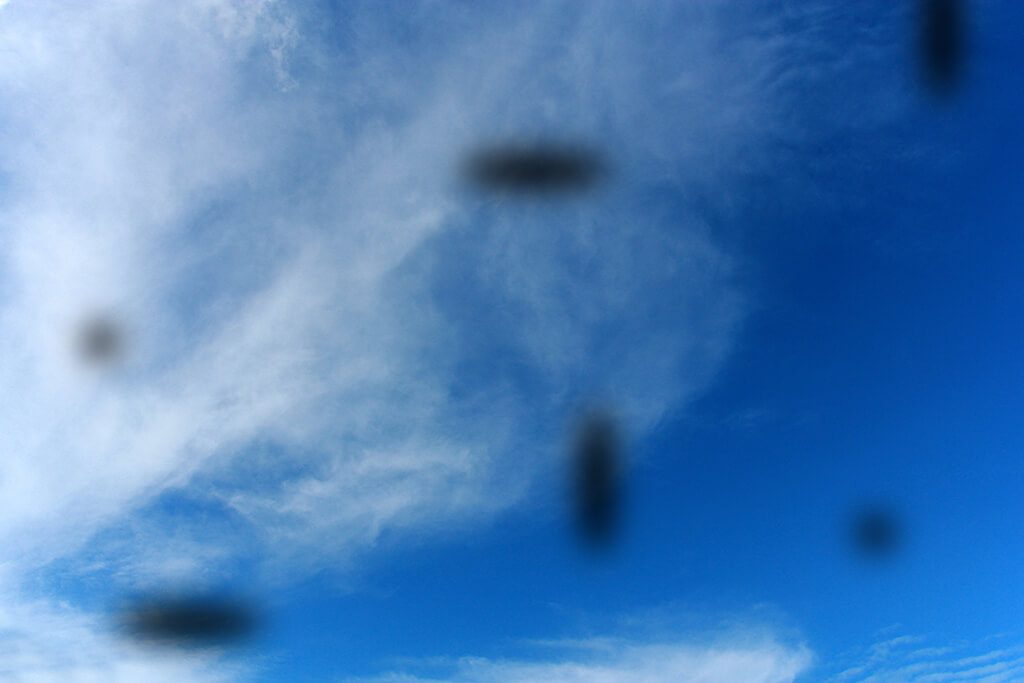Sometimes, your eyes serve as swimming pools for tiny clumps and strings of collagen that have broken off from the vitreous. Here is all you need to know about the condition.

Many people over the age of 50 experience eye floaters, which appear as spots, threads, or fragments of cobwebs. These float slowly before the observer’s eyes, and move especially in the direction in which the eyes move. The perception of these floaters, or muscae volitantes (Latin for ‘flying flies’), is known as myodesopsia, myodaeopsia, myiodeopsia, or myiodesopsia.
Most eye floaters are small flecks of protein that are drifting about in your vision. They are part of a jelly-like substance in the back of your eye called the vitreous. As you age, the protein fibres that make up the vitreous liquefy and shrink to little shreds that clump together. This blocks some of the light passing through your eye, casting tiny shadows on your retina that are seen as floaters.
Although eye floaters are caused by benign, age-related eye changes (vitreous syneresis) most of the time, they can also be due to the following eye conditions:
- Inflammation in the back of the eye Posterior uveitis can cause the release of inflammatory debris into the vitreous that are seen as floaters. This may be caused by infection, inflammatory disease, or other causes.
- Bleeding in the eye Bleeding into the vitreous can have many causes, including diabetes, hypertension, blocked blood vessels, and injury. Blood cells are seen as floaters.
- Posterior vitreous detachment (PVD) In time, the liquefied vitreous body loses support and its framework contracts, leading to the release of the vitreous membrane from the sensory retina. During this detachment, the shrinking vitreous can stimulate the retina mechanically, causing the patient to see random flashes across the visual field, a phenomenon known as photopsia. PVD is more common in people who are nearsighted or have undergone cataract surgery.
- Torn retina Retinal tears can occur when a sagging vitreous tugs on the retina with enough force to tear it. Without treatment, a retinal tear may lead to retinal detachment — an accumulation of fluid behind the retina that causes it to separate from the back of your eye. Untreated retinal detachment can cause permanent vision loss.
Common symptoms
- Small shapes in your vision that appear as dark specks or knobby, transparent strings of floating material.
- Spots that move when you move your eyes, so that when you try to look at them, they move quickly out of your visual field.
- Spots that are most noticeable when you look at a plain bright background, such as a blue sky or a white wall.
- Small shapes or strings that eventually settle down and drift out of the field of vision.
When to see a doctor
Although most eye floaters do not require treatment, a detailed eye examination is needed to exclude more serious underlying causes, such as torn retina. If eye floaters impair your vision — which rarely happens — your ophthalmologist may suggest treatment such as surgery to remove the vitreous or laser to disrupt the floaters.
Consult an ophthalmologist immediately if you notice the following:
- A sudden increase in the number of floaters
- Flashes of light in the same eye as the floaters
- Darkness on any side or sides of your vision
- Loss of vision or seeing a curtain effect







